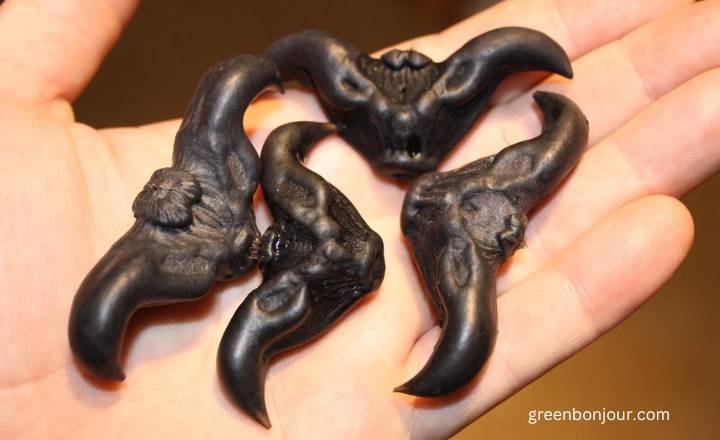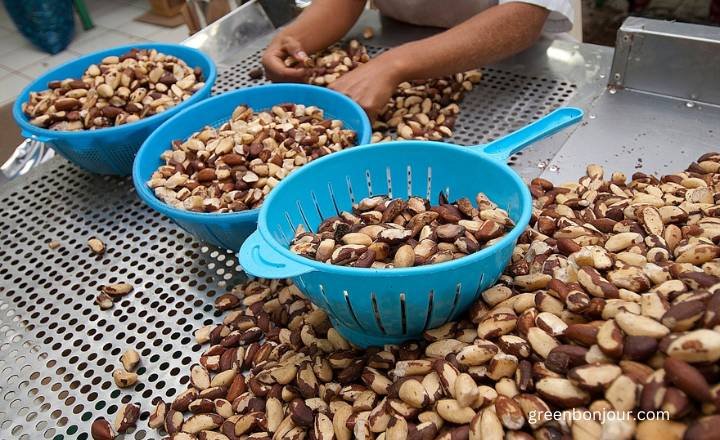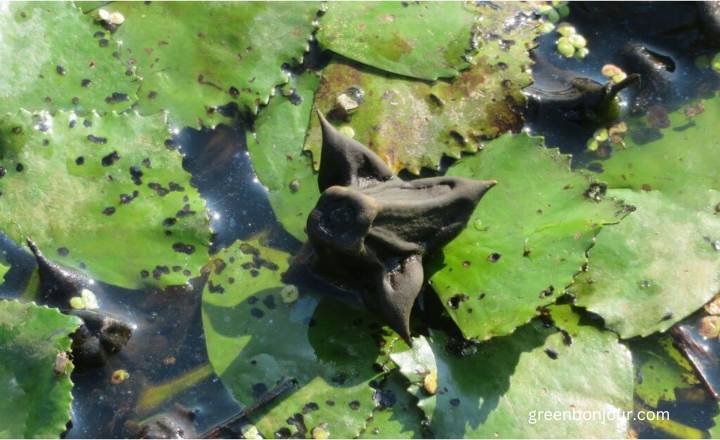Bat nuts, often overshadowed by their more popular counterparts, boast an impressive array of nutrients that can enhance your well-being in surprising ways. Coupled with the crisp texture and subtle sweetness of water chestnuts, these two ingredients create a delightful combination that’s as beneficial as it is delicious.
From boosting energy levels to supporting digestive health, exploring the benefits of bat nuts benefit water chestnuts could revolutionize your diet. Join us on this journey through the vibrant flavors and remarkable advantages these underrated foods have to offer!
What are Water Caltrops?
Water caltrops, often whimsically referred to as bat nuts, are intriguing aquatic plants that flourish in shallow waters across Asia and beyond. Their unique, horn-like seed capsules make them a fascinating sight, but their value extends well beyond their striking appearance.

Packed with nutrients, these seeds have garnered attention not just for their culinary potential but also for their health benefits. Rich in fiber and low in calories, bat nuts serve as an excellent addition to various diets, promoting digestive health while offering a delightful crunch when cooked.
Water Caltrop vs. Water Chestnut
Water caltrops, often dubbed bat nuts due to their unique, winged shape resembling a bat’s wings, are fascinating aquatic plants that thrive in freshwater lakes and ponds. Unlike the more commonly recognized water chestnut, which boasts a crisp texture and sweet flavor, water caltrops are celebrated for their nutritional properties and use in traditional medicine.
The bat-shaped seeds of the water caltrop contain healthy fats, protein, and essential vitamins that make them a nutritious addition to various dishes. In many cultures, they’re harvested for their remarkable ability to bolster energy levels and provide digestive benefits.
While both water caltrops and water chestnuts share similarities as prized aquatic vegetables cultivated in Asia, their culinary roles diverge significantly. Water chestnuts deliver a crunch that enhances salads and stir-fries with refreshing flair; meanwhile, the heart of the water caltrop provides a nutty taste profile that’s perfect for soups or eaten raw.
Bat Nut Info: Learn About Water Caltrop Nuts
Bat nuts, often referred to as water caltrop nuts, are fascinating aquatic fruits that offer more than just a unique appearance; they also bring numerous health benefits. Harvested primarily from shallow waters in tropical and subtropical regions, these dark, horned nuts not only catch the eye but also tantalize the taste buds with their crispy texture and subtly sweet flavor reminiscent of chestnuts.

Rich in protein, fiber, and essential minerals like potassium and magnesium, bat nuts can be a nutritious addition to your diet while promoting heart health and digestion. Beyond the kitchen, bat nuts have a symbolic significance in some cultures as symbols of fertility and prosperity—adding another layer to their ecological importance.
Bat Nuts Benefit Water Chestnuts
Providing antioxidants
Antioxidants play a crucial role in neutralizing free radicals in the body, helping to prevent cellular damage and reduce the risk of chronic diseases. Among the lesser-known sources of antioxidants are bat nuts and water chestnuts.
Despite their low profiles in the mainstream health dialogue, these foods pack a potent nutritional punch that can significantly enhance overall wellness. Bat nuts, often dismissed as merely exotic snacks, offer a diverse range of phenolic compounds that contribute to heart health and provide anti-inflammatory benefits.
Slowing tumor growth
Emerging research highlights the potential benefits of incorporating bat nuts and water chestnuts into dietary regimens, particularly in the context of cancer prevention and tumor growth modulation. Bat nuts, rich in antioxidants and anti-inflammatory compounds, may help reduce oxidative stress—a known contributor to cancer progression.

Water chestnuts offer not only a crunchy texture but also significant phytonutrient content that supports detoxification processes within the body. Together, these foods can create an intriguing synergy by providing essential nutrients that bolster immune function while potentially slowing down tumor proliferation.
Lowering calorie consumption
Lowering calorie consumption can be a transformative journey, not just for weight management but also for enhancing overall well-being. One innovative approach involves incorporating lesser-known foods like bat nuts and water chestnuts into your diet.
Bat nuts, rich in nutrients and low in calories, provide a satisfying crunch while delivering essential vitamins and minerals—perfect for snacking guilt-free. Meanwhile, water chestnuts add an intriguing texture to salads or stir-fries while being incredibly low in calories yet high in fiber, aiding digestion and promoting satiety.
Conclusion
Bat nuts and water chestnuts both offer a range of impressive health benefits that can enhance our diets. Bat nuts are rich in essential nutrients such as healthy fats, protein, and fiber, while water chestnuts provide a low-calorie source of vitamins and minerals with their hydrating properties.
Incorporating these two superfoods into meals can promote overall wellness and add delightful textures to various dishes. By exploring innovative ways to include bat nuts and water chestnuts in your cooking, you can enjoy their unique flavors while reaping the nutritional rewards.
FAQs
What is water caltrop used for?
It has been used as food and medicinal materials in China and India since ancient times. The Rites of Zhou (a book appeared in the 2nd century BC in China) recorded that “a worshipper should use a bamboo basket containing dried water caltrops” (Adkar et al., 2014).
How to eat bat nuts?
Similar to water chestnuts, the bat nuts have a crunchy texture with a mild flavor, often sauteed with rice and vegetables. Bat nut seeds should not be eaten raw, as they contain toxins but are neutralized when cooked. Once roasted or boiled, the dried seed also can be ground into a flour to make bread.